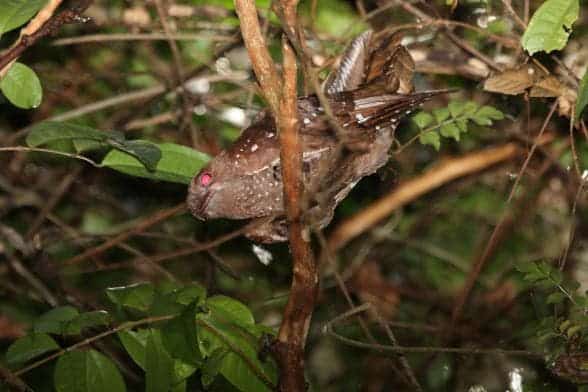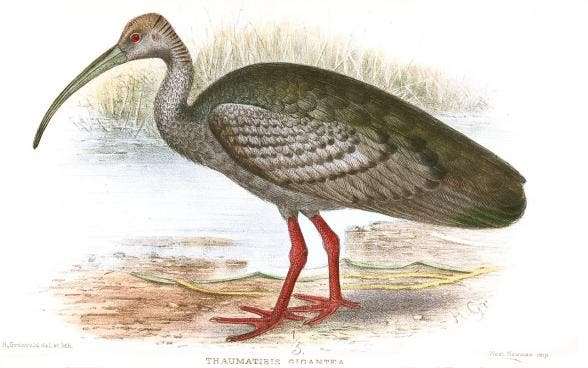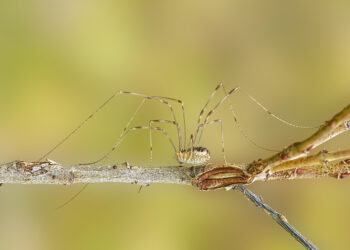
We’re currently experiencing the worst spate of species die-offs since the loss of the dinosaurs 65 million years ago. Although extinction is a natural phenomenon, it occurs at a natural “background” rate of about one to five species per year. Scientists estimate we’re now losing species at 1,000 to 10,000 times the background rate, with literally dozens going extinct every day. I won’t bore you with the details of how human intervention is root of all this, instead it’s better maybe if we concentrate on what we can do to save some of these species.
Consider an over-crowded life boat. If some of the people there aren’t thrown over boat, absolutely everyone will drawn. So, who is it then? The old? The weak? The handicapped? This sort of dilemmas may seem trivial, but environmental conservationists are facing this sorts of choices on a day to day basis, only it’s not the lives of humans or animals that’s at stake, but whole species. So, granted you have limited resources, who do you choose to save or where do you concentrate your efforts to reduce the risk of a species going extinct? Whenever your options are limited, it’s best to prioritize and, in our case, you want to save those species that are unique.
Evolutionary distinct: show we save these first?

In an unprecedented study, Arne Mooers, a professor of biodiversity at Canada’s Simon Fraser University, and colleagues worked for seven years to build the evolutionary tree containing all 9,993 known bird species and rank these according to evolutionary distinct these are. As such, topping the list are birds which are both oldest in evolutionary history and share as few or no living relatives.
In total, some 77 billion years of evolution were computed, and topping the list is the oilbird, a Central and South American species that alone accounts for 80 million years of avian evolutionary history. The oilbird isn’t threatened by extinction, however. After going through the 575 bird species considered threatened or endangered, listed on the International Union for Conservation of Nature (IUCN) Red List, the most evolutionary distinct species by this criterion is the Giant Ibis. The next spots go to the Kagu, the New Caledonian Owlet-nightjar, the Plains-wanderer, and the California Condor.

This doesn’t necessarily mean that these are the most vulnerable evolutionary distinct birds, however. Distribution is also a matter of great concern. If a bird is threatened, but can be found all over the world, like the ospre, it’s less vulnerable than birds which only live in distinct region of the world, like the kiwi or kakapo.
Putting these findings to good use
Clearly, this is a magnificent work, but it took a lot of hard labor and courage to make it right.
“It seems like we have a single perfect tree here,” says Mooers about the final result. “But there is no single perfect tree of birds. So we had to do this over, we had to create many millions of possible trees, and then take the average across those trees to get these metrics. Because there’s still a lot of uncertainty as to who’s related to who. We didn’t even have genetic data for every species.”
Capitalizing on this sort of the work, environmental agencies and policy makers can concentrate their conservation efforts where they’re most desperately needed. Losing a species is an ecological disaster by itself, but what of a whole family?
“There is a growing realization,” says Mooers, “that science has to start to become useful in the short term rather than the long term in this particular area because of the acute problems.”
Ten of the birds featured in the list can be see in this Popular Science gallery.






